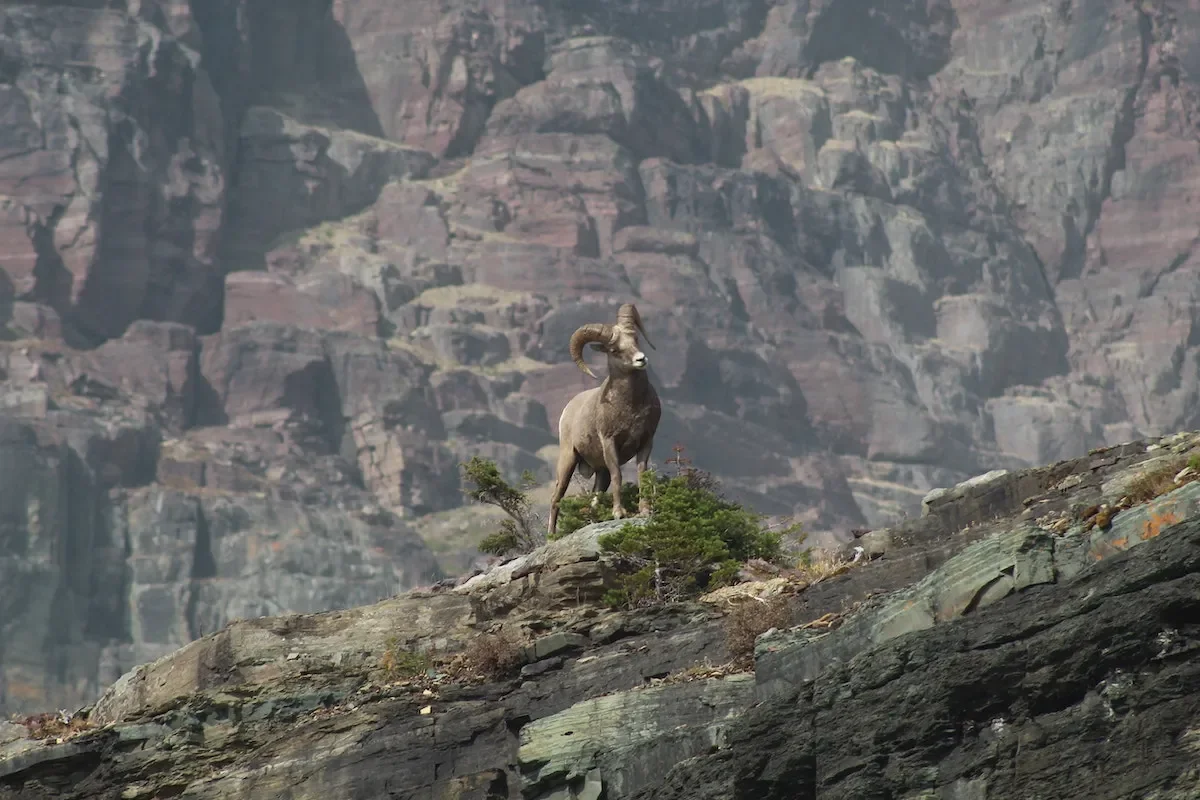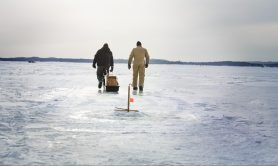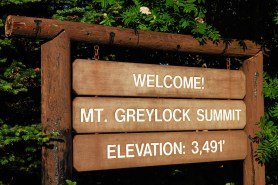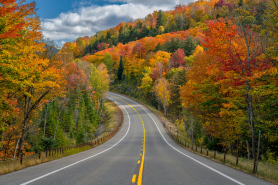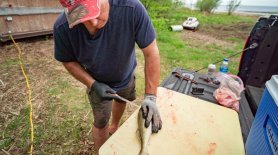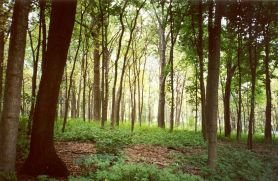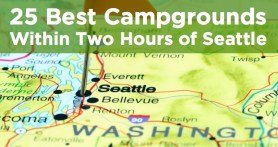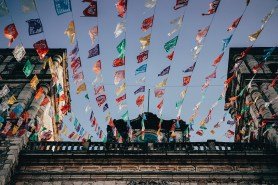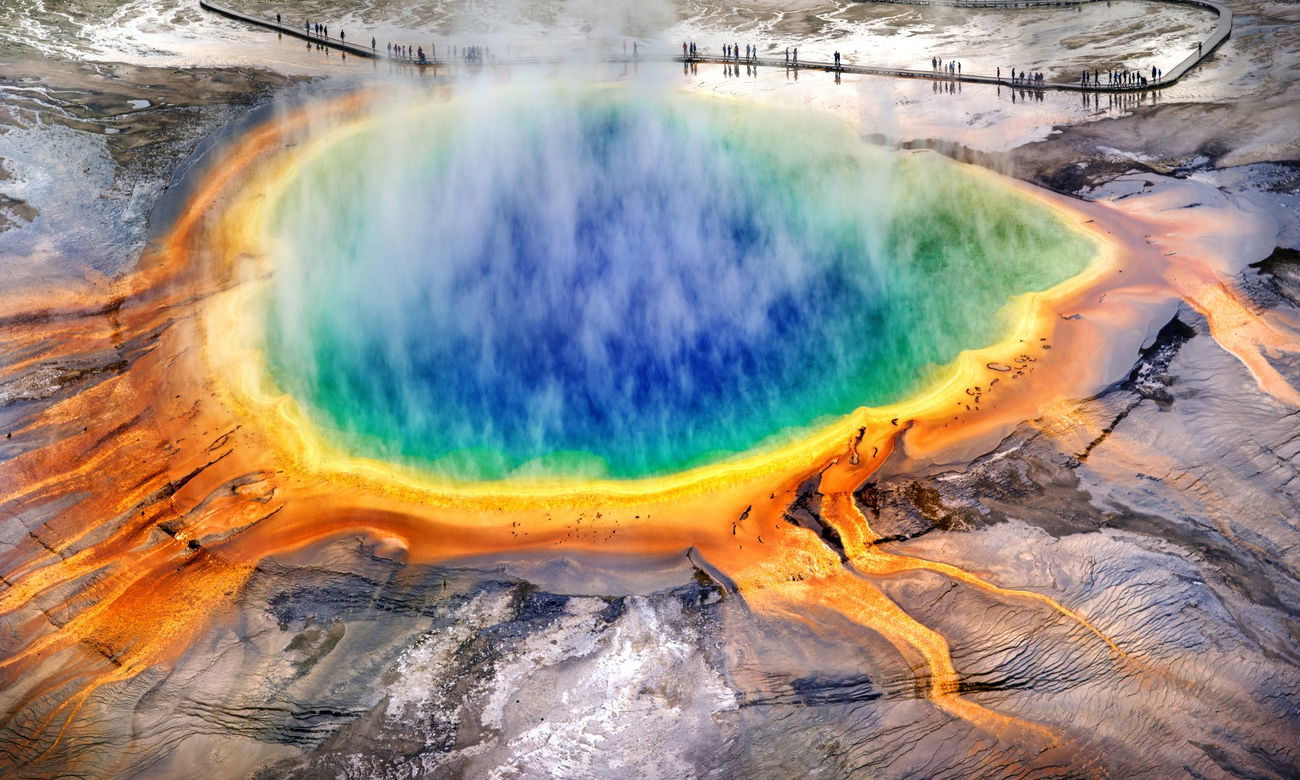

The world’s first national park, Yellowstone National Park was also the U.S.’s seventh-most national park in 2022. Spanning more than 2 million acres across Wyoming, Montana and Idaho, Yellowstone was established in 1872 by President Ulysses S. Grant. This vast expanse of land is home to various geothermal wonders such as hot springs, geysers and mud pots, as well as an abundance of wildlife, including grizzly bears, wolves and bison.
The park’s unique geology and incredible wildlife (not to mention the eponymous TV show!) have made it a popular destination for visitors worldwide. To make the most out of your trip to this iconic American destination, you’ll want to make a plan, but whether you’re hoping to hike, camp or just take in some of the astounding scenery, Yellowstone won’t disappoint.
Best Time to Visit Yellowstone
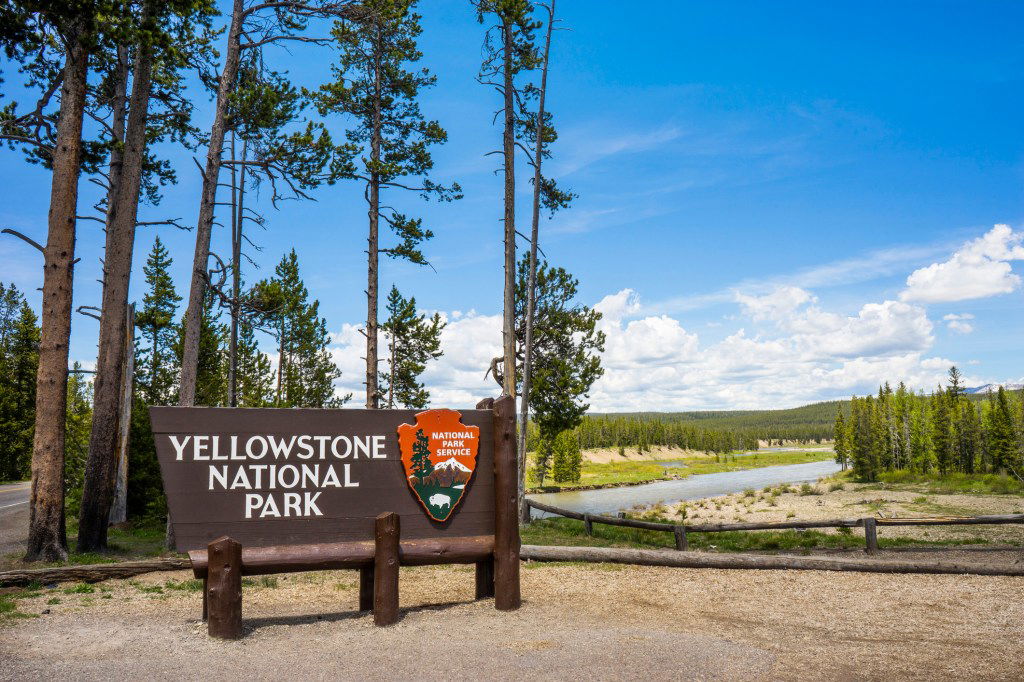
The best time to visit Yellowstone National Park largely depends on your interests and preferences, but if you can swing it, the shoulder seasons of May and September offer milder weather, fewer crowds and generally lower prices. Fall, in particular, is a great time to visit Yellowstone, with stunning foliage and the added bonus of hearing elk bugling during the mating season.
The summer months of June through August are the busiest, with warm weather and long days perfect for hiking, camping and wildlife viewing. However, this is also when the park is most crowded, with traffic and parking posing significant issues.
Winter can also be a magical time to visit, with snow-covered landscapes and the opportunity to see wildlife in their winter habitats. However, many roads and facilities are closed during this time, making it more challenging to get around. The park is also subject to sudden weather changes, so visitors should be prepared for all kinds of conditions.
Things to Do in Yellowstone
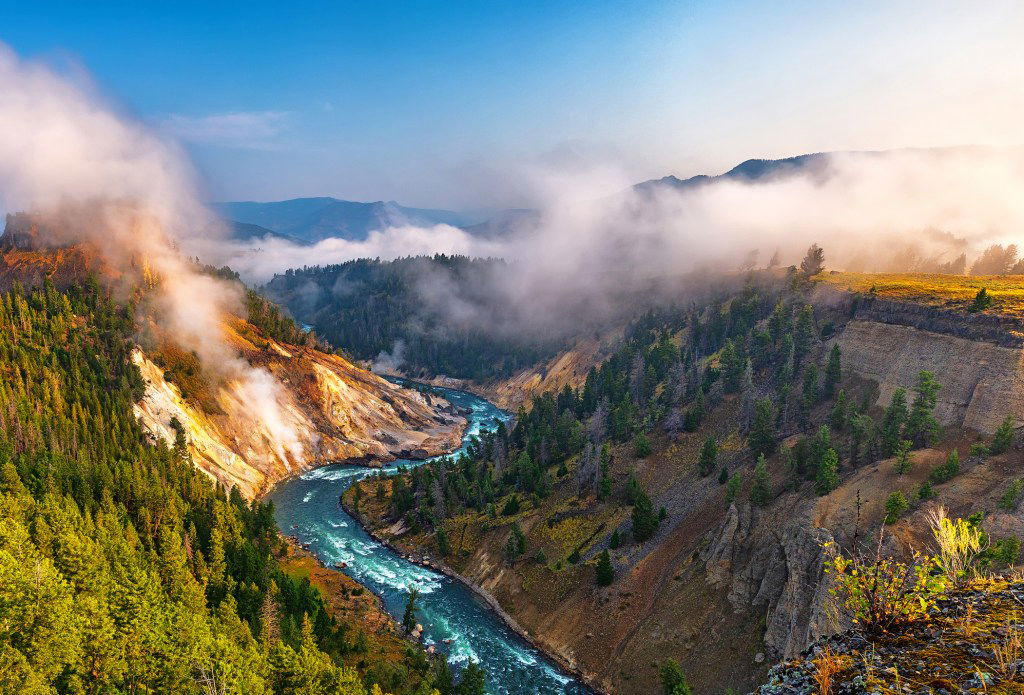
Yellowstone National Park is a treasure trove of natural wonders and recreational opportunities. Visitors can enjoy everything from hiking and wildlife watching to hot spring soaking and scenic drives. The best things to do in Yellowstone include:
- Geothermal Features: Yellowstone is famous for its geysers, hot springs and mud pots. The most famous attraction is Old Faithful, a geyser that erupts 20 times daily, usually around every 90 minutes (though it’s not as “faithful” as it used to be). Old Faithful is part of Yellowstone’s Upper Geyser Basin, the world’s most densely concentrated geyser region, and home to more than 150 other less-famous geysers. The park’s Norris Geyser Basin is the hottest, oldest and most dynamic of Yellowstone’s thermal areas and is worth visiting to see the dramatic steam vents and fumaroles.
- Wildlife Watching: Yellowstone is home to more than 200 species, with the highest concentration of wildlife in the contiguous 48 states. That number includes everything from grizzly bears and wolves to bison and moose, all seen regularly throughout the park. The Lamar Valley, a corner of the park in northwestern Wyoming, is a perfect spot for catching wildlife.
- Hiking: With over 900 miles of hiking trails and 15 miles of boardwalks, there are plenty of opportunities to explore Yellowstone on foot. Popular hikes include Fairy Falls trail, a relatively flat waterfall hike that clocks in around 5 miles; Trout Lake, a 1.2-mile loop great for spotting osprey, otters and even the occasional grizzly bear; and Bunsen Peak, a summit trail at an 11 percent incline.
- Scenic Drives: Yellowstone’s roads offer stunning views of the park’s landscapes, wildlife and geothermal features. The 140-mile Grand Loop Road is the main thoroughfare, providing access to many of the park’s major attractions. Beartooth Highway, a scenic byway just outside the park, is also worth exploring for its stunning views of the surrounding mountains.
- Camping: Yellowstone offers a range of camping options, from backcountry camping to RV parks. The park’s campgrounds fill up quickly, so make reservations for peak season a year in advance if you can swing it.
How to Get to Yellowstone
If you’re coming from afar, flying into Jackson Hole Airport in Wyoming or Bozeman Yellowstone International Airport in Montana are your best options. Once you arrive in the park, having a car is the most convenient way to get around and see the sights. However, guided tours and shuttle services are also available if you prefer to avoid driving yourself.
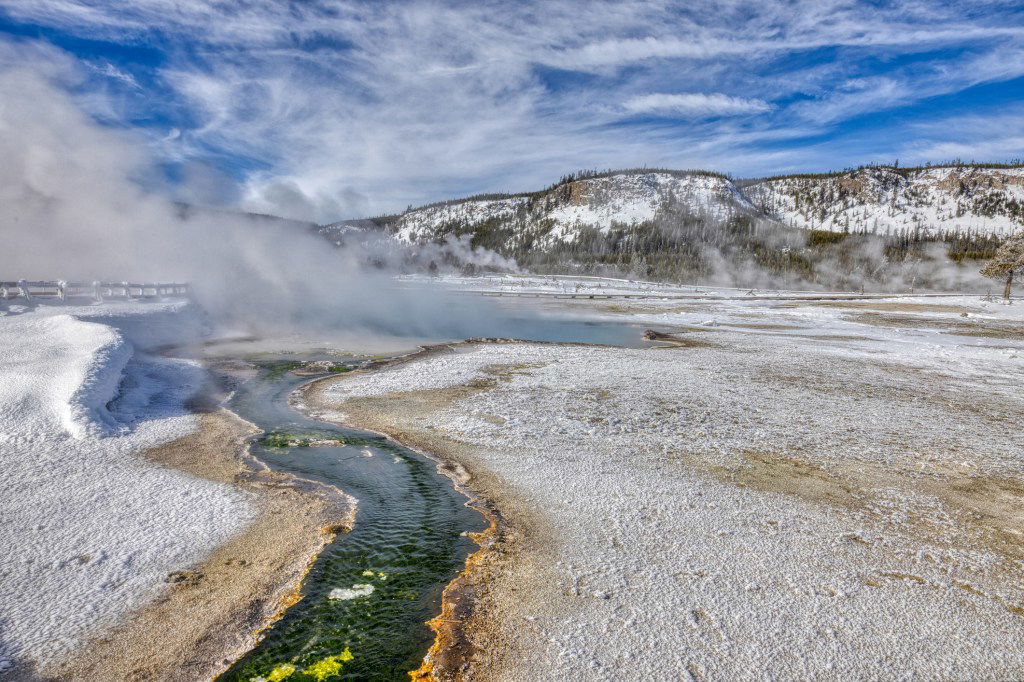
Where to Stay Near Yellowstone
There are a variety of lodging options available, including hotels, cabins and campgrounds, both inside and outside the park. If you want to stay within the park, popular options include the Old Faithful Inn, known for its historic architecture and a prime location near the famous geyser. Other popular lodges include the Lake Yellowstone Hotel, the Canyon Lodge and Cabins and the Grant Village.
Outside the park, there are plenty of options in nearby towns such as West Yellowstone, Gardiner, and Jackson Hole. The Explorer Cabins at Yellowstone in West Yellowstone offers cozy, upscale cabins with kitchenettes, while the Absaroka Lodge in Gardiner has well-regarded, budget-friendly motel-style rooms. For a luxurious stay, the newlyopened, 139-room Montage Big Sky is a Western retreat within the 3,530-acre Spanish Peaks enclave. It’s just 45 minutes from the park.
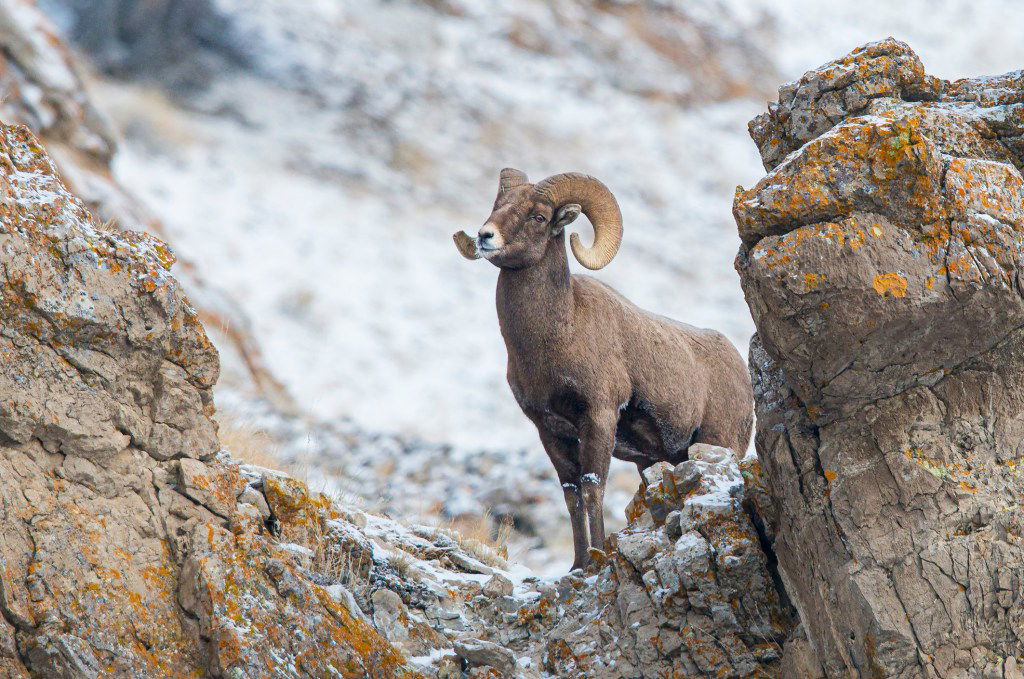
For those who prefer camping, the park has 12 campgrounds, with over 2,150 “front country” sites available, but be sure to make reservations well in advance, as campsites fill up quickly.
Tips for Visiting Yellowstone National Park

- Plan ahead. Yellowstone is a huge park with a lot to see and do. Before you go, research the park’s attractions and decide which ones you want to prioritize. Make a plan for your visit, but also be prepared to be flexible and adjust your itinerary as needed.
- Be prepared for changing weather. Yellowstone’s weather can be unpredictable, even in the summer. Bring layers, rain gear and sturdy shoes for hiking. It’s also a good idea to pack sunscreen and insect repellent.
- Respect wildlife. Yellowstone is home to incredible wildlife, including bears, wolves and bison. Each year there are countless stories of visitors being severely injured by bison and other animals—an important reminder to keep a safe distance from animals and never approach them. It’s also essential to properly store your food and trash to avoid attracting wildlife.
- Stay on designated trails. Yellowstone’s geothermal features can be dangerous, and wandering off the designated paths can be risky. While it’s extremely rare, more than 20 people have been killed in the past by the park’s pools, geysers and steam pots. Stay on marked trails and obey all posted signs and warnings.
- Be patient and flexible. Yellowstone is a wildly popular park, and crowds can be challenging, particularly during peak season. Be patient and prepared to wait in traffic or for parking spaces. Also, be flexible with your plans and willing to explore lesser-known areas of the park. Some of the park’s hidden gems are off the beaten path and require a bit of extra effort to reach.
